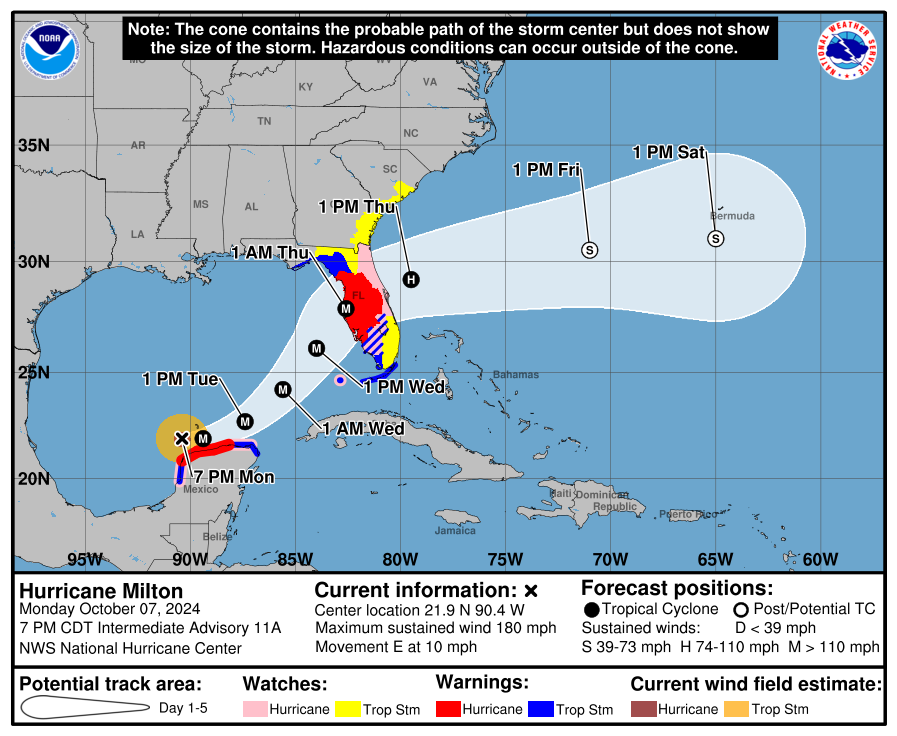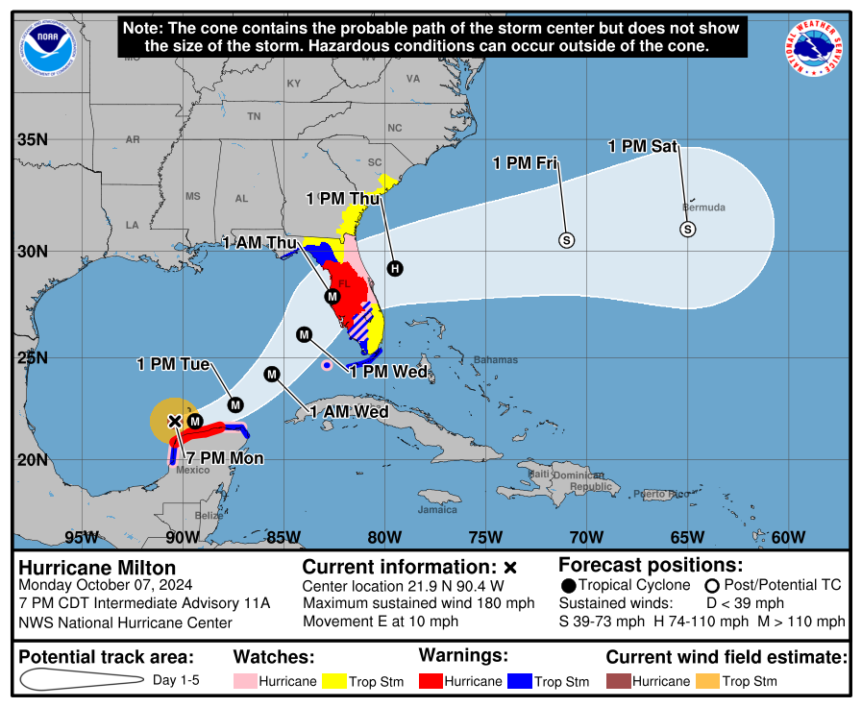By Clint Thompson
A looming dry period would be just what the doctor ordered for South Florida vegetable farmers impacted by Hurricane Milton last week.

University of Florida Institute of Food and Agricultural Sciences (UF/IFAS) Hendry County Extension Director Craig Frey said high winds and tornadic activity wreaked havoc with certain crops that were in the ground. It leaves them vulnerable to disease pressure. However, if there is little rain in the forecast, that minimizes the disease risk.
“Folks are still doing initial assessments so it’s hard to get real numbers with anything at this point, but we had quite a bit of tornado activity. That caused some isolated damage. The winds just caused a lot of sandblasting to the plants; especially, really young plants take the brunt of that,” Frey said.
“The dry spell that we’re supposed to have now is going to help. Otherwise, there would be a lot more disease issues. We didn’t have a whole lot of rain here (Lee, Collier and Hendry counties). We only had 2.5, 3 inches, obviously more in some isolated locations. It was drier than expected. Initially, we were supposed to get like eight inches or more.”
Florida’s Dry Season
According to South Florida Water Management District, the wet season lasts from June through October, and the dry season is typically from November through May. Barring any future hurricane through the remainder of the storm season, an extended dry period will benefit vegetable plants impacted by Milton.
“Things start usually drying up in mid-to-late October, through November, and it usually remains fairly dry. There’s always anomalies in specific locations. When your plants are damaged from wind scarring and sandblasting, and then having lots of rain, it’s easy for pathogens to penetrate and disease to just explode,” Frey said. “Having this dry weather helps a lot of the plants to heal themselves up before a lot of that happens. There’s going to be some disease breaking out some because there’s still some moisture, but not much and not for long.”










